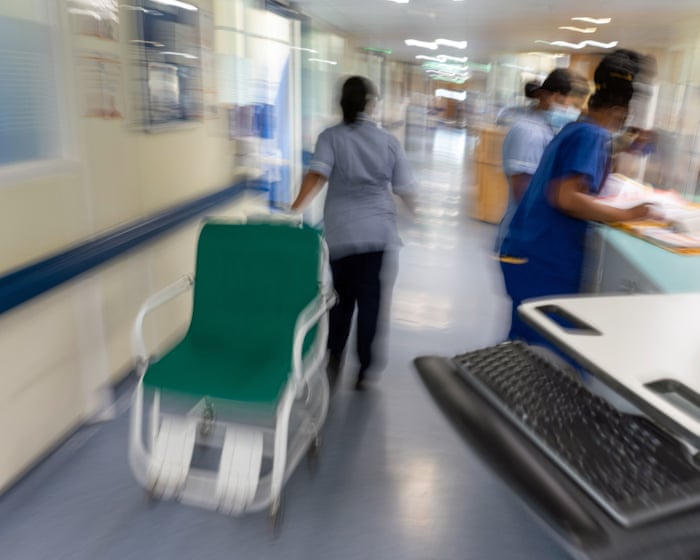New data reveals that nearly half of the 6 million people waiting for NHS treatment in England have received no care at all since being placed on hospital waiting lists.
Previously unpublished NHS England figures show that 2.99 million out of 6.23 million patients (48%) have not had their first specialist appointment or diagnostic test after being referred by their GP.
The Patients Association called this an “invisible waiting list crisis,” describing the scale as “staggering,” with millions left in limbo as their health worsens.
The findings cast doubt on Keir Starmer’s promise that 92% of patients will be treated within 18 weeks of referral by 2029—a key health pledge to voters. This target hasn’t been met since 2015, and in May, only 61% of patients were seen on time.
The data also shows that a third of the 3 million unseen patients—1 million people—have already waited over 18 weeks without any care, making Starmer’s goal even harder to achieve.
This is the first time the issue of “unseen patients” has been highlighted as part of the government’s challenge to restore NHS services. Until now, discussions about NHS backlogs have focused on the total number of treatments due (7.36 million) and patients waiting (6.23 million).
Rachel Power, CEO of the Patients Association, said: “If accurate, 3 million people are stuck in an invisible crisis—without basic tests or first appointments while their conditions deteriorate. Nearly half of all waiting list patients haven’t been seen. That’s not healthcare; that’s a breakdown. These aren’t just numbers—they’re real people waiting for calls that never come, unable to plan their lives as their health declines.”
The figures were analyzed by health data specialist MBI Health, which works with NHS trusts to improve waiting times. Barry Mulholland, the firm’s founder and a former NHS manager, said the waiting list should be seen as a “frontlog, not a backlog,” since so many patients haven’t had their first clinical contact.
He warned: “Unless this is addressed, the 18-week target will never be met. The government’s pledge will be extremely difficult to achieve if this huge group isn’t seen sooner. We’ll never clear the backlog if we don’t fix delays at the point of entry.”
NHS England acknowledged the issue, noting that of the 7.3 million treatments patients are waiting for, nearly two-thirds (64%) involve people who haven’t yet had a first consultation or diagnostic test.
Keir Starmer has promised to return to 18-week waiting times by 2029, but with only 61% of patients seen on time in May, the challenge remains immense.The website is subject to Google’s Privacy Policy and Terms of Service.
Of the 4.7 million people waiting for treatment, 1.6 million had already exceeded the 18-week maximum waiting time target.
Alison Bennett, the Liberal Democrat health spokesperson, said: “These numbers are heartbreaking. Each one represents someone in pain, worried about their health, and desperately waiting to see a doctor. This crisis didn’t happen overnight—it’s the result of years of Conservative mismanagement of the NHS. It’s unacceptable that millions are left in limbo while their conditions may worsen.” She added that fixing the NHS would require reforming social care to ease hospital overcrowding.
The analysis also revealed that the longest waiting lists were in ear, nose, and throat care, orthopaedics, eye care, gastroenterology, and gynaecology. Between 67% and 75% of patients in these specialties had yet to receive their first appointment.
The Department of Health and Social Care did not address the issue of 3 million unseen patients. A spokesperson stated: “Due to this government’s record investment, reforms, and NHS staff efforts, we’ve reduced waiting lists by over 260,000 since July 2024. For the first time in 17 years outside the pandemic, waiting lists fell in April and May. We’ve also delivered 4.6 million appointments—more than double our 2 million target. Our 10-year health plan will ensure 92% of patients wait no longer than 18 weeks for treatment by March 2029.”
Mulholland concluded: “By prioritizing first contact for those in limbo and improving data collection, we can reduce waiting lists and enhance patient experiences.”




